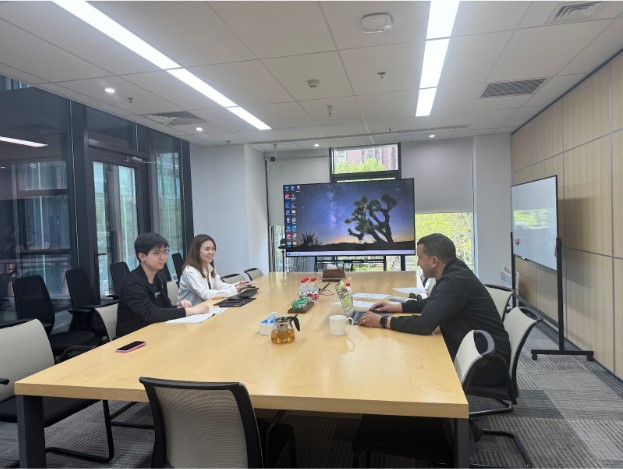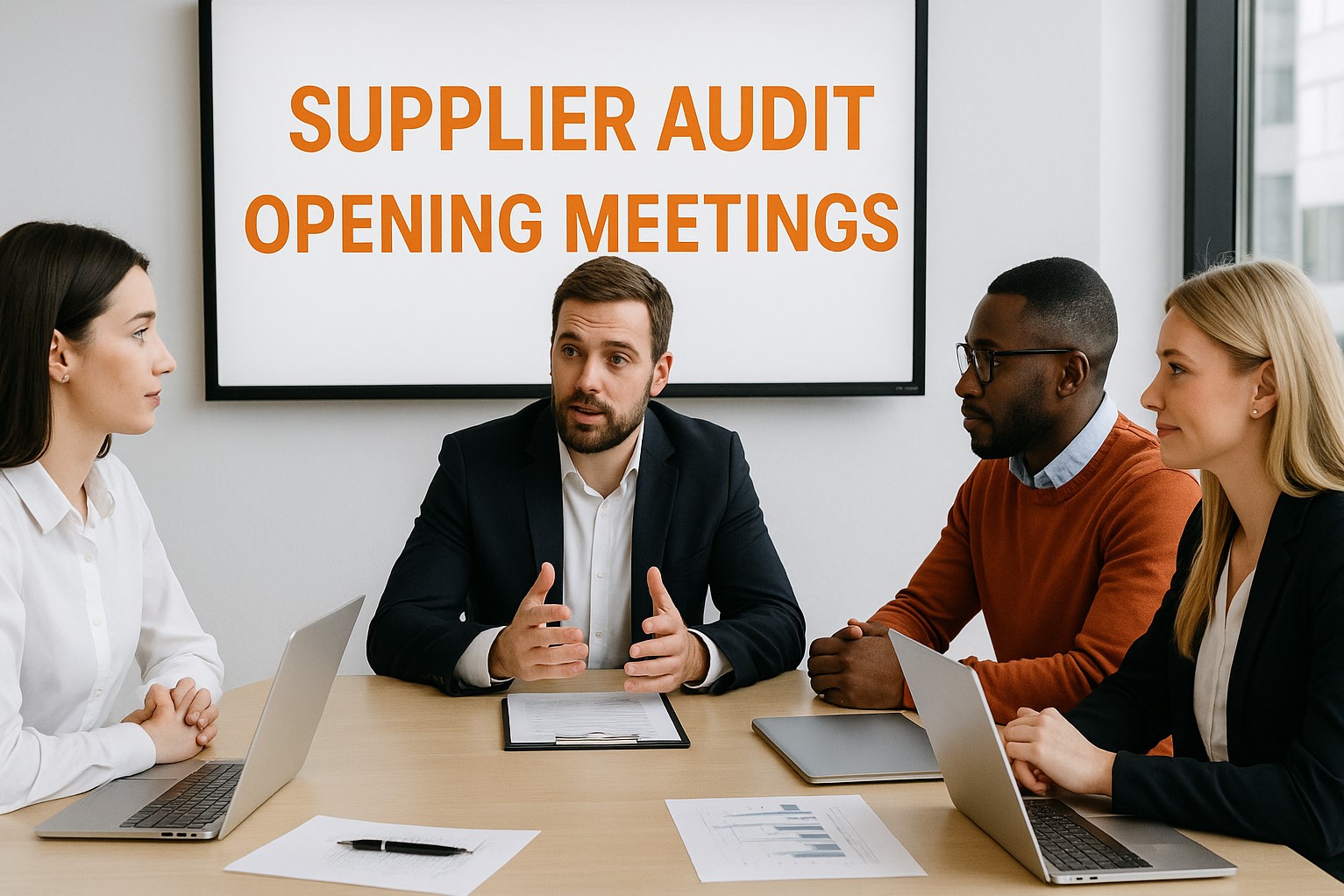Whether you’re auditing suppliers in China, Vietnam, India—or even closer to home—how you start an audit can make or break the entire process. It’s not just a formality. It’s about setting the tone, building trust, and making sure everyone is aligned from the very first minute.
A clear, friendly opening meeting helps avoid misunderstandings later. It opens the door for smoother inspections, better cooperation, and more accurate results.
What Is an Opening Meeting?
An opening meeting is a quick, structured conversation at the start of a supplier audit. It usually covers:
- Introducing yourself and your company
- Explaining the audit scope and objectives
- Setting expectations for the day
- Clarifying communication protocols
- Asking for permission before taking any photos or videos
While a typical opening meeting is a short 10-minute talk, it’s one of the most important parts of the entire audit day.
Why a Friendly Opening Meeting is so Important?
Auditors aren’t there to intimidate suppliers. They’re there to verify, assess, and work towards common goals: product quality, compliance, and operational improvement. Starting the supplier audit with a smile, a simple icebreaker, and a clear explanation helps:
- Reduce supplier tension
- Build trust and openness
- Encourage cooperation instead of defensiveness
- Create a positive, professional atmosphere
Example
Product Inspection in Vietnam Imagine you’re performing a product inspection in a new factory in Vietnam. Right at the door, you introduce yourself with a friendly handshake, explain the scope of the audit, and gently remind the supplier that you’ll ask before taking any photos.
That simple moment sets the entire tone. The supplier feels respected—and much more willing to support you during the audit.
What Does a Successful Opening Meeting Achieved: One Quick Talk, Big Impact
Here’s what a strong opening meeting achieves:
- Topic Impact Scope clarification: Everyone knows exactly what’s being audited—and why.
- Photo policy: Suppliers understand your expectations and cooperate without resistance.
- Atmosphere: A lighter, more collaborative environment, even when issues arise later.
- Trust Suppliers: view you as a professional partner, not a hidden threat.
- Common Mistake: Skipping the Opening: Some auditors skip or rush the opening meeting to “save time.” It’s a mistake. Without clear alignment at the start, misunderstandings pile up, tensions rise, and you risk getting incomplete or inaccurate audit results.
And the time you think you’re saving? You often lose double trying to fix problems later in the day.

Habib Supplier Audit Opening Meeting
Opening Meeting Checklist
Quick Checklist Before you begin your next audit, make sure you:
- ✅ Introduce yourself and your company
- ✅ Explain the scope and goals of the audit
- ✅ Confirm the day’s schedule and plan
- ✅ Set a clear policy about photo-taking
- ✅ Answer any immediate supplier questions
- ✅ Start with a positive, professional attitude
Conclusion
The first 10 minutes of a supplier audit are not a small detail—they’re the foundation for a successful day. Whether you’re auditing in China, India, or anywhere else, a proper opening meeting builds trust, avoids misunderstandings, and sets you up for clear, accurate results.
Don’t treat it like a formality. Treat it like an opportunity.
Need support? Our team at QCADVISOR helps brands and importers not just conduct audits—but build stronger supplier relationships from the very first minute. If you want your audits to be more effective, we’re here to help.


